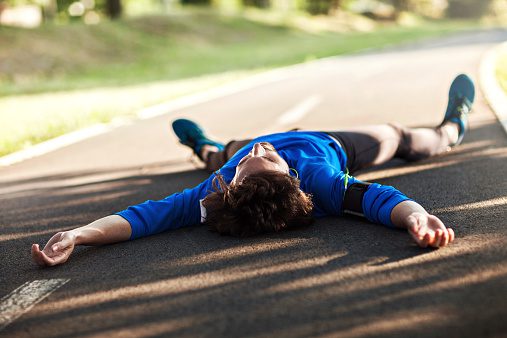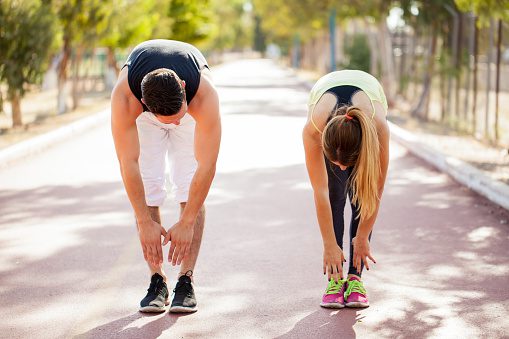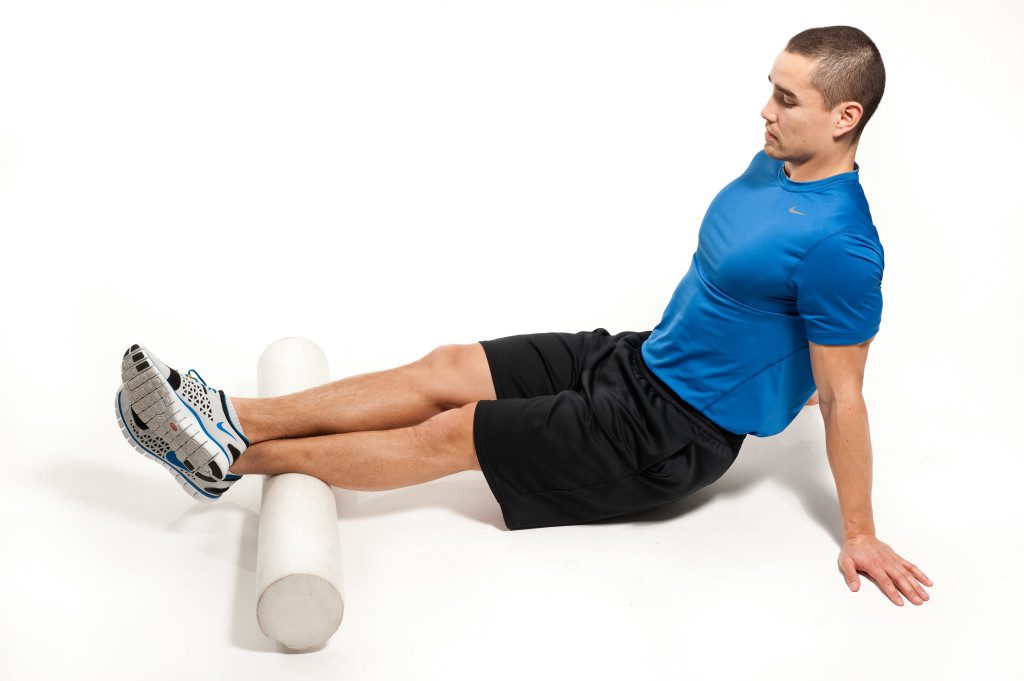The dos and don’ts of recovery with physiotherapist Chris Napier
When it comes to recovery, Napier isn't into a lot of the common methods used by athletes today

It’s so important for all athletes to recover well, but it can be hard to know what works and what doesn’t. Chris Napier, Athletics Canada physiotherapist and author of Science of Running, preaches the necessity of recovery, but he isn’t a big proponent of a lot of popular trends used in the running world today. An avid runner himself (he owns a marathon PB of 2:33), Napier prioritizes sleep over anything else, and he says a number of other recovery methods (foam rolling and the use of massage guns, for example) haven’t been proven to be super effective. Here are Napier’s recovery tips and how he says you can best use your time after workouts.

Not enough evidence
“When we talk about things like compression garments, foam rolling, massage guns,” Napier says, “there’s not really good evidence behind any of that stuff. I think a lot of it has been debunked.” Even when there is evidence that one of these methods works, Napier says the studies that found this information “usually aren’t very good when you look deeper.”
RELATED: Long run recovery: how long does it take?
Napier also notes that some of these methods, like foam rolling and static stretching (which is performed in one position), can use up a lot of your time that could be spent in a better, more beneficial way. “With static stretching there’s not really good evidence to suggest it’s helpful,” he says. “In fact, it will actually lengthen your muscles if you do it regularly, which is not necessarily a positive thing for runners.” Napier explains that runners get a lot of energy return from the stiffness of their muscles. Lengthening those muscles will decrease the stiffness, which will reduce the energy return with each stride.
“I usually recommend that you trade sleep for foam rolling or stretching,” Napier says. “There’s evidence that sleep is a big help when it comes to recovery, so if you can spend an extra 30 to 60 minutes asleep, it’ll serve you much better than the same amount of time rolling or stretching.”

Another mode of recovery many people stand by is a post-workout cooldown, but Napier says he doesn’t think this is super important. “There’s not necessarily a recovery benefit from the cooldown,” he says. “It’s an opportunity to get some more miles in a fatigued state, which can be beneficial if you’re trying to build volume and get used to running on tired legs. But I don’t think of it as a recovery tool.”
RELATED: Your sleep tracker might be making you an insomniac
Sleep over everything
The two recovery methods Napier recommends most are massage, warmups and sleep. “When it comes to massage,” he says, “there could be placebo effects in play. It can be good for stress relief, providing you a psychological benefit.” Napier says he always makes sure to schedule massages throughout the later stages of his marathon builds. “If a runner can afford to get a massage or has it covered by their insurance plan, it’s a great method to employ in training.”
While Napier isn’t a big believer in cooldowns as a mode of recovery, he does say warmups are very important. “Putting more time into your warmup would be more effective than most other methods,” he says. Run easy to start the session, mix in some strides and perform some dynamic stretches, which, unlike static stretches, are movement-based. “This will get your blood flowing and your joints ready for the activity.”

Finally, the most important of all recovery methods for Napier is sleep. “There’s only so much time in the day, and especially for people who aren’t pro runners, they’re squeezing in runs,” he says. “It’s important to prioritize the right recovery techniques. Otherwise you might be spending a hour on foam rolling when you could have had an extra hour of sleep.”
RELATED: Sleep — the easiest way to improve performance
It’s important to note that in most cases, Napier says there isn’t enough evidence that certain recovery methods don’t work, but he doesn’t discredit them altogether. “They aren’t bad for you, but if they replace the important, proven methods, then that is bad.”


